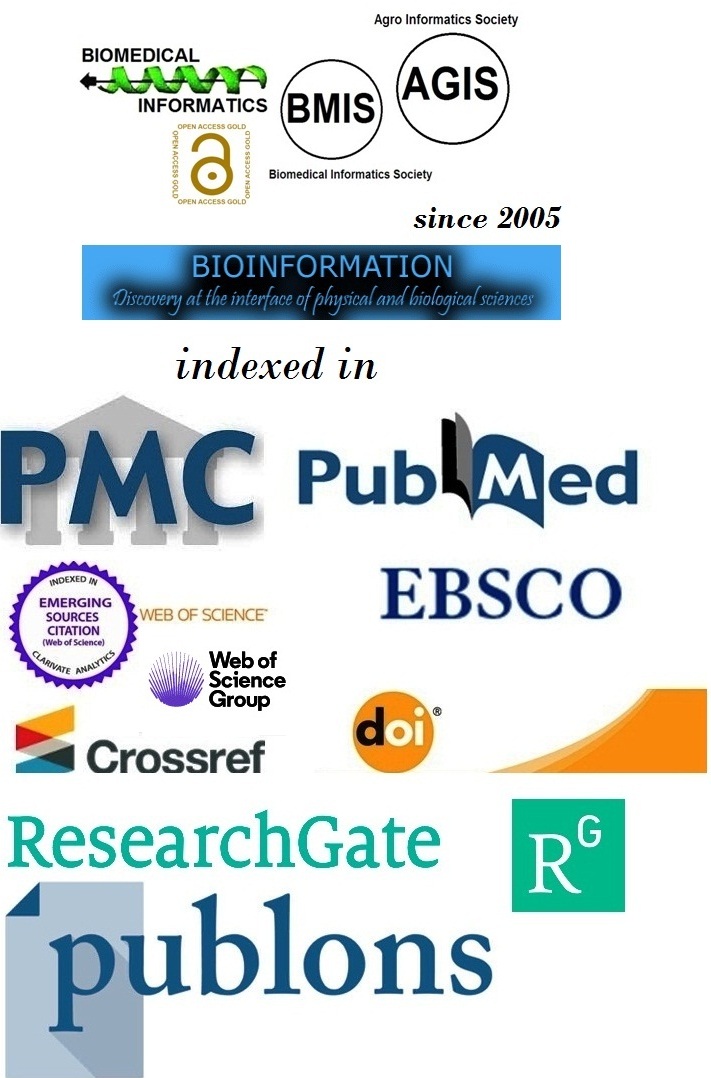Title
Comparative analysis of digital versus conventional impression techniques for dental implant placement
Authors
Trapti Jaiswal1, Saikiran Bahadur2*, Prabal Sharma3, Shivani Gupta4, Purnendu Bhushan5, Bhumika Sharma6 & Vinayak Meharwade7
Affiliation
1Department of Prosthodontics and Crown & Bridge, Index Institute of Dental Sciences, Indore, Madhya Pradesh, India; 2Departments of Prosthodontics, Springfield Dental, Springfield, Massachussets, United State of America; 3Department of Prosthodontics crown & Bridge, Yamuna Institute of Dental Sciences & Research, Gadholi, Yamunanagar, Haryana, India; 4Department of Orthodontics and Dentofacial Orthopedics, Sri Dharmasthala, Manjunatheswar College of Dental Sciences, Dharwad, Karnataka, India; 5Department of Prsothodontics and Crown & Bridge, Kalinga Institute of Dental Science, KIIT Deemed to be University, Patia, Bhubaneswar, Odisha, India ; 6Department of Prosthodontics crown & Bridge, Yamuna Institute of Dental Sciences & Research, Gadholi, Yamunanagar, Haryana, India; 7Department of Periodontology, Sinhgad Dental College and Hospital, Pune, Maharashtra, India; *Corresponding author
Trapti Jaiswal - E-mail: drtraptijaiswal15@gmail.com
Saikiran Bahadur - E-mail: kiranmds@umich.edu
Prabal Sharma - E-mail: prabalsharma.3@gmail.com
Shivani Gupta - E-mail: shivani2231.g@gmail.com
Purnendu Bhushan - E-mail: drpbhusan@gmail.com
Bhumika Sharma - E-mail: bhumika.sardana@gmail.com
Vinayak Meharwade - E-mail: drmvinayak@gmail.com
Article Type
Research Article
Date
Received July 1, 2025; Revised July 31, 2025; Accepted July 31, 2025, Published July 31, 2025
Abstract
Dental implant success is closely linked to the precision of the impression technique used. The purpose of this research was to compare digital vs. Conventional impression techniques for dental implants. A total of 100 patients were randomly assigned to either the digital group or the conventional group, with 50 individuals in each. Impression accuracy was assessed using deviation analysis, patient comfort was scored on a visual analog scale, and time efficiency was recorded in minutes. Digital impression techniques provide a clear advantage over conventional methods in terms of precision, patient experience, and clinical efficiency.
Keywords
Digital impressions; conventional impressions; implant; accuracy; time efficiency; intraoral scanning
Citation
Jaiswal et al. Bioinformation 21(7): 2140-2144 (2025)
Edited by
P Babaji
ISSN
0973-2063
Publisher
License
This is an Open Access article which permits unrestricted use, distribution, and reproduction in any medium, provided the original work is properly credited. This is distributed under the terms of the Creative Commons Attribution License.
